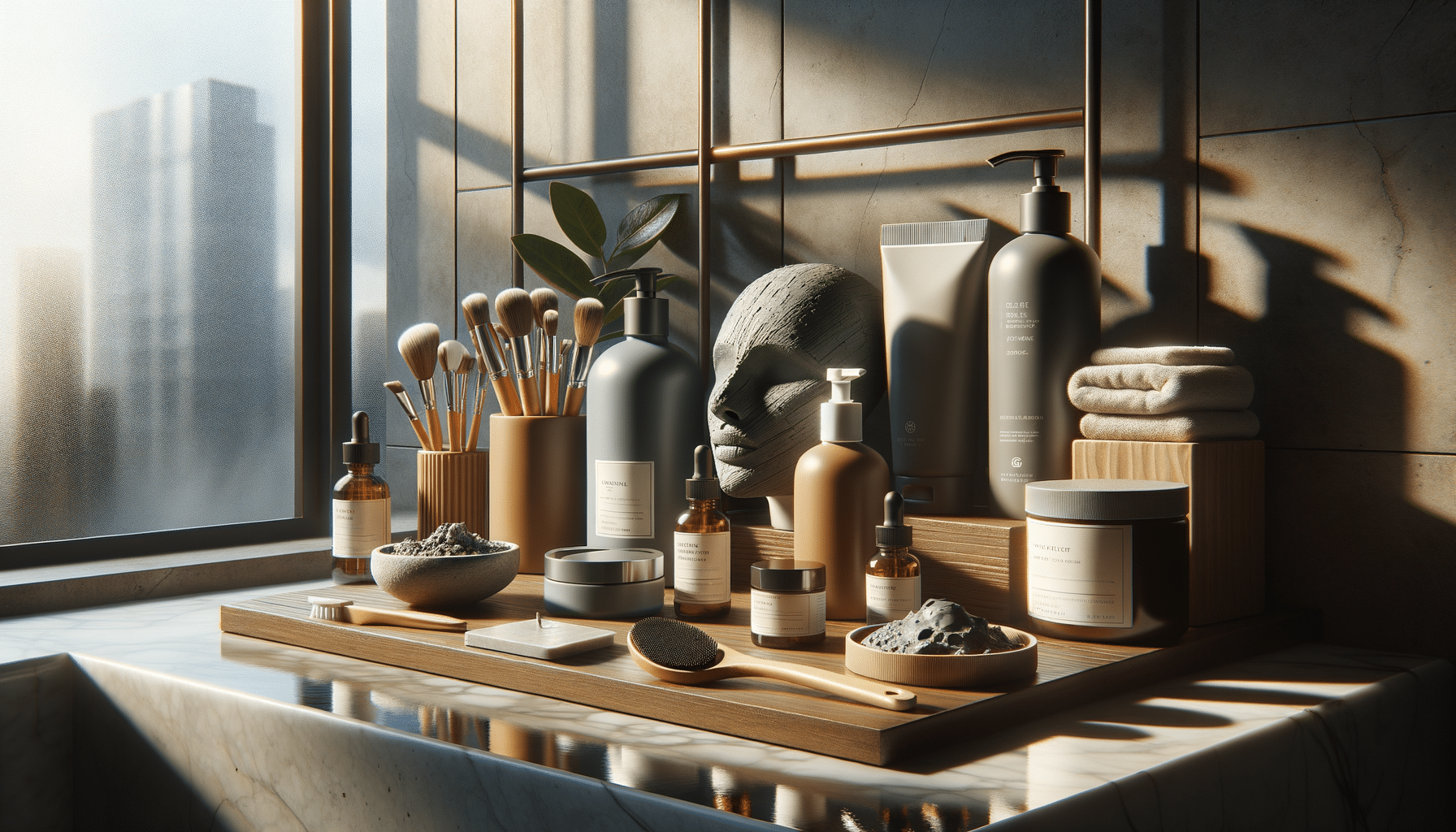
Effective Methods for Blackhead Removal: A Comprehensive Guide
Introduction: Understanding Blackheads
Blackheads, those tiny dark spots that often appear on the nose, chin, and forehead, are a common skin concern for many individuals. They are a type of acne known as open comedones, formed when hair follicles become clogged with dead skin cells and sebum. The exposure to air causes the clogged pore to oxidize, resulting in the characteristic dark color. While not harmful, blackheads can be frustrating for those striving for clear skin. Understanding the nature of blackheads is the first step in effectively managing and removing them.
Exfoliation: A Key Step in Blackhead Prevention
Regular exfoliation is a crucial step in preventing and reducing blackheads. By removing the outer layer of dead skin cells, exfoliation helps to keep pores clear and reduces the likelihood of blackhead formation. There are two main types of exfoliation: physical and chemical.
Physical exfoliation involves using scrubs or brushes to manually remove dead skin cells. When choosing a physical exfoliant, it’s important to opt for products with gentle, rounded particles to avoid skin irritation. On the other hand, chemical exfoliation utilizes acids such as alpha-hydroxy acids (AHAs) and beta-hydroxy acids (BHAs) to dissolve dead skin cells and unclog pores. BHAs, like salicylic acid, are particularly effective for blackheads due to their ability to penetrate and exfoliate within the pore.
Incorporating exfoliation into your skincare routine can significantly reduce the occurrence of blackheads. However, moderation is key. Over-exfoliating can lead to skin irritation and increased oil production, potentially exacerbating blackhead issues.
Using Clay Masks for Deep Cleansing
Clay masks are a popular and effective method for deep cleansing the skin and removing blackheads. These masks work by drawing out impurities, excess oil, and dead skin cells from the pores. Common types of clay used in these masks include kaolin and bentonite, each offering unique benefits for the skin.
Kaolin clay is gentle and suitable for sensitive skin, while bentonite clay is highly absorbent, making it ideal for oily skin types. Applying a clay mask once or twice a week can help maintain clear pores and reduce the appearance of blackheads. When using clay masks, it’s important to follow up with a moisturizer to prevent the skin from becoming too dry.
For an added boost, consider incorporating ingredients like charcoal, which has additional detoxifying properties, into your clay mask routine. These masks not only help with blackheads but also leave the skin feeling refreshed and rejuvenated.
Blackhead Removal Tools: A Cautious Approach
Blackhead removal tools, such as comedone extractors, can be effective for physically removing blackheads. These tools are designed to apply gentle pressure around the blackhead, allowing for its extraction without damaging the surrounding skin. However, using these tools requires precision and care to avoid skin damage or infection.
It’s crucial to sanitize the tool before and after use to maintain hygiene. Additionally, steaming the face before extraction can help open up the pores, making removal easier and less painful. While these tools can be beneficial, they should be used sparingly and with caution, as improper use can lead to scarring and further skin issues.
For those uncertain about using blackhead removal tools, visiting a professional esthetician for extraction might be a safer option. Professionals are trained to perform extractions with minimal risk, ensuring a more effective and safe procedure.
Maintaining a Consistent Skincare Routine
Consistency is key when it comes to managing and preventing blackheads. A well-rounded skincare routine tailored to your skin type can significantly reduce the occurrence of blackheads. Essential components of such a routine include cleansing, exfoliating, moisturizing, and sun protection.
Cleansing twice daily helps remove dirt, oil, and makeup that can contribute to clogged pores. Opt for a gentle cleanser that does not strip the skin of its natural oils. Following up with a moisturizer suitable for your skin type ensures that the skin remains hydrated, preventing the overproduction of oil.
Sun protection is another crucial aspect of skincare. UV exposure can worsen blackhead formation by causing skin irritation and increasing oil production. Applying a broad-spectrum sunscreen daily can protect the skin from harmful UV rays and maintain its overall health.
By maintaining a consistent skincare routine, individuals can effectively manage blackheads and achieve clearer, healthier skin over time.
Conclusion: Embracing Clearer Skin
Blackheads, while common and often persistent, can be effectively managed with the right approach. Through regular exfoliation, the use of clay masks, careful extraction, and a consistent skincare routine, individuals can significantly reduce the occurrence of blackheads and enjoy clearer, healthier skin. It is essential to approach blackhead removal with patience and care, avoiding aggressive methods that could harm the skin. Embracing these effective methods can lead to a noticeable improvement in skin texture and appearance, boosting overall confidence.


